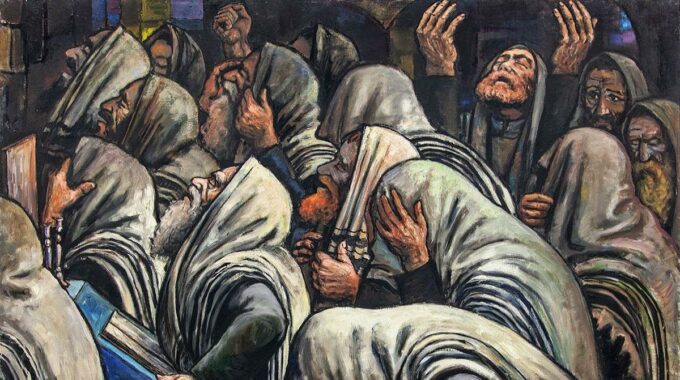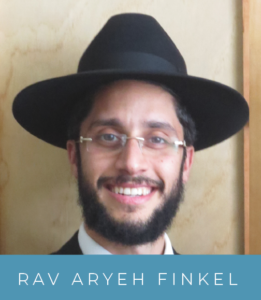Adapted from the writings of Dayan Yitzhak Grossman April 18, 2024 AP News reports: A…

Q&A from the Bais HaVaad Halacha Hotline
On Bended Knee
September 21, 2023
Q When we fall to the floor on Yom Kippur during the Avodah and Aleinu, why is something first placed on the floor?

A The Torah (Vayikra 26:1) forbids hishtachava’ah (prostration) anywhere other than the Bais Hamikdash. Chazal (Brachos 22b) define hishtachava’ah as complete prostration—pishut yadayim veraglayim (arms and legs extended), face down on the ground. Prostration with bent arms and legs (as we do on Yom Kippur) is not hishtachava’ah, but is forbidden mideRababan (Rambam Hil. Avodah Zarah 6:8).
Chazal teach that the de’Oreisa prohibition only applies on a stone floor like that of the Bais Hamikdash (Brachos ibid.). MideRabanan, it is forbidden on any surface (Rama O.C. 131:8).
When the two lenient elements are combined—incomplete prostration on a non-stone floor—there is no prohibition, so we do this on Yom Kippur (Mishnah Brurah ibid. note 40). In stone-floored shuls, the Rama (ibid.) says the minhag was to spread grass on the floor before Yom Tov.
Today, most shuls distribute paper or cloth sheets regardless of the flooring material, to ensure that the prohibition is never violated (Matei Efrayim 621:14).
A shul with a small area rug needs no further separator, but a large rug that remains in place for the long term looks like a floor (see Piskei Teshuvos ibid. footnote 165).
If paper or cloth aren’t available, one may use a tallis, because it is worn loosely (Sha’ar Hatziyun ibid. 44), but a fitted garment cannot serve as a separation while it is worn (Piskei Teshuvos ibid.).
It is primarily the face that requires separation (Rambam ibid. 6:7), but the minhag is to use something large enough to go beneath all or most of the body. If the available separator is not large enough, place it under the face.





